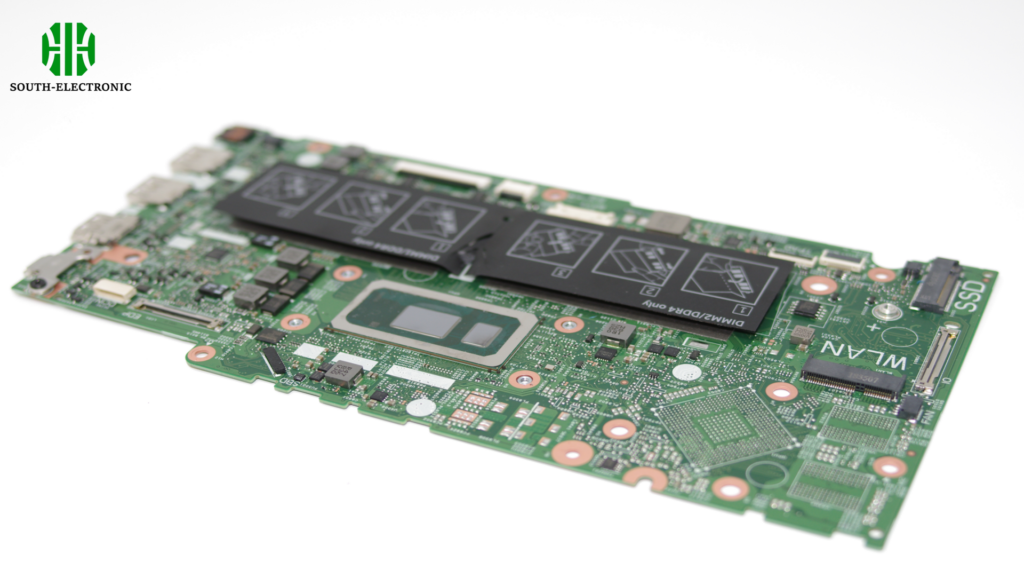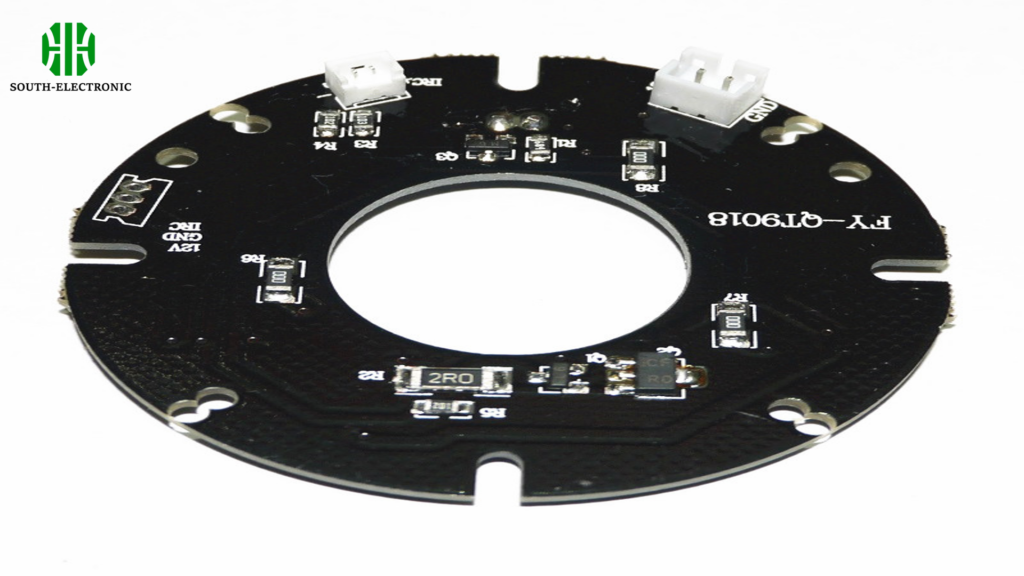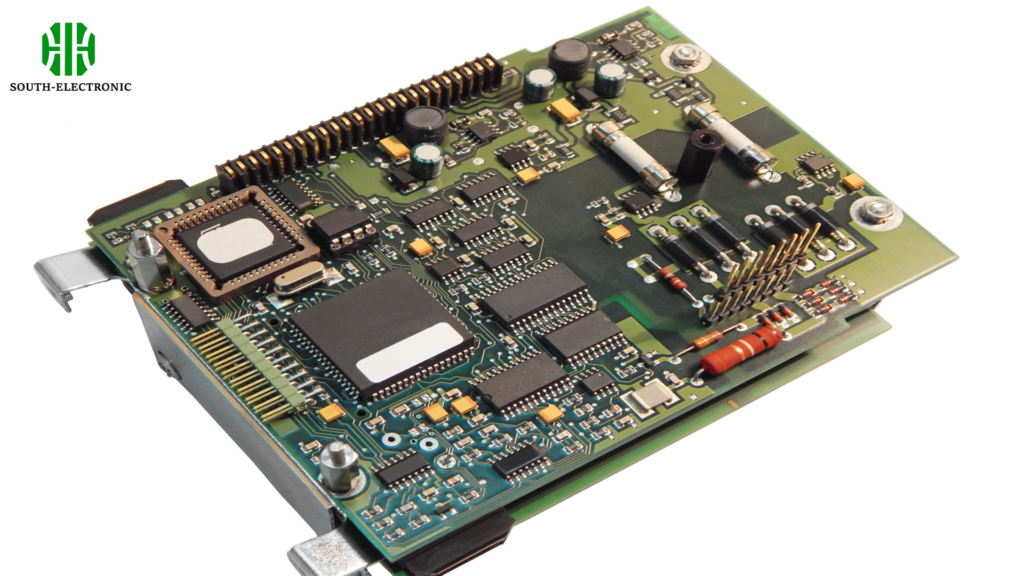Introduction
There's a really cool aspect of PCB design that few people talk about - it's called "DNP" components. These are parts you'll see in the design and layout of the PCB, but when it comes to actually putting them together, they're intentionally left out. This isn't just for show, it's actually very useful for a number of reasons.
DNP components provide designers with great flexibility. They can use one PCB design for different purposes and even plan for future updates without going back to the drawing board. Plus, this is a huge win for cost savings. When you make PCBs that have to work in different settings, using DNP components means you don't have to make a completely new board every time. This is a smart move that saves time and money and makes the entire manufacturing process smoother.

Importance of DNP components
Diving into the essence of DNP components, they are essentially placeholders within the PCB layout. Their presence is acknowledged in the design phase, allowing for a comprehensive view of the board's potential capabilities. However, during the assembly, these components are not soldered onto the PCB. This approach bestows considerable adaptability upon the design, enabling a single PCB layout to be utilized across various applications or product iterations. It's akin to having a versatile blueprint that can be tailored as per specific requirements without the need for re-engineering the entire board.
The advantages of employing DNP components are manifold. Primarily, they facilitate cost reduction by obviating the need for multiple distinct PCB designs for different versions of a product. This not only streamlines the manufacturing process but also mitigates the financial burden associated with the production of diverse PCBs. Moreover, DNP components play a critical role in future-proofing the design, allowing for easy upgrades or modifications without extensive redesigns.
The distinction between DNP components and their populated counterparts is fundamentally their physical presence on the finished PCB. While regular components are physically installed and functional, DNP components remain as a theoretical part of the design, awaiting potential future activation. This differentiation underscores the tactical nature of PCB design, where every component, be it populated or not, plays a crucial role in the overarching functionality and versatility of the board.

Technical considerations when incorporating DNP components
When weaving DNP components into a PCB design, every step, or in this case, every component placement and design decision, requires a combination of foresight and precision.
Space allocation is crucial. It’s not just about making room for these DNP components. It's about envisioning how they will interact with other members if they are populated in future iterations, essentially planning out potential scenarios to ensure that if components are added later, there won't be a domino effect of design issues.
Traceroute also requires meticulous attention. There is a need to ensure that the layout of routes connecting components is efficient and logical, yet able to accommodate future changes. This means considering how adding DNP components in the future will affect the current flow of the electrical path.
Balancing DNP and Filled Components To ensure filled components operate seamlessly while leaving the door open for adding DNP components without disrupting the existing ecosystem. This balancing act is critical to maintaining the current functionality and future adaptability of PCBs.
For optimizing PCB designs using DNP components, think of it as an optimization puzzle. Every part or component should serve a purpose, both now and in the future. Its purpose is to create a design that is not only efficient and effective today but also ready for tomorrow's advancements. This includes wise use of space, smart routing, and a keen eye for how each component—filled or not—contributes to the overall design goals.
Incorporating DNP components doesn’t just leave gaps on the board; It's about creating a design that's as dynamic and adaptable as the technology it supports.

Challenges and Solutions
One major challenge is the prediction puzzle. In essence, predicting which components may need to be added or removed in future iterations of a PCB can be a huge headache. To solve this problem, blending industry insights and experience is key. Keeping up with technology trends and understanding potential future demand for your product can guide these decisions.
Another hurdle is maintaining the integrity of the PCB design. Introducing DNP components means you are fighting a long game, planning for potential future scenarios while ensuring that current functionality is not affected. To overcome this problem, careful planning and a thorough review process are crucial. It is critical to evaluate how adding or removing these components in the future will affect the performance of the current circuit.
Working with DNP components requires a proactive approach, a keen eye for detail, and a commitment to thorough documentation and simulation. By thoughtfully addressing these challenges, the full potential of PCB design can be realized, both for current applications and future innovations.
Conclusion
When exploring the nuanced world of PCB design using DNP components, it becomes clear that these elements are more than just placeholders. They offer flexibility, cost-effectiveness and a forward-thinking design approach. Their ability to future-proof PCBs allows them to be easily adapted and upgraded without a complete redesign, which is invaluable in the fast-paced world of technology. As we have seen, integrating DNP components requires a combination of foresight, precision, and adaptability. It’s a complex dance of balancing current needs with future possibilities, ensuring PCB designs remain functional and versatile for years to come. This strategic integration of DNP components emphasizes their integral role in the ever-evolving world of electronics design, where adaptability and foresight are key.
